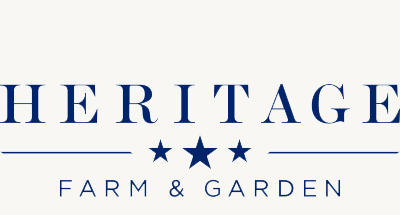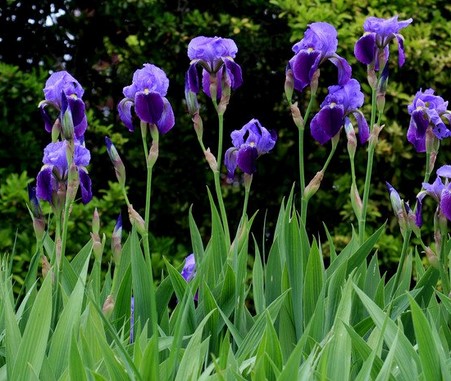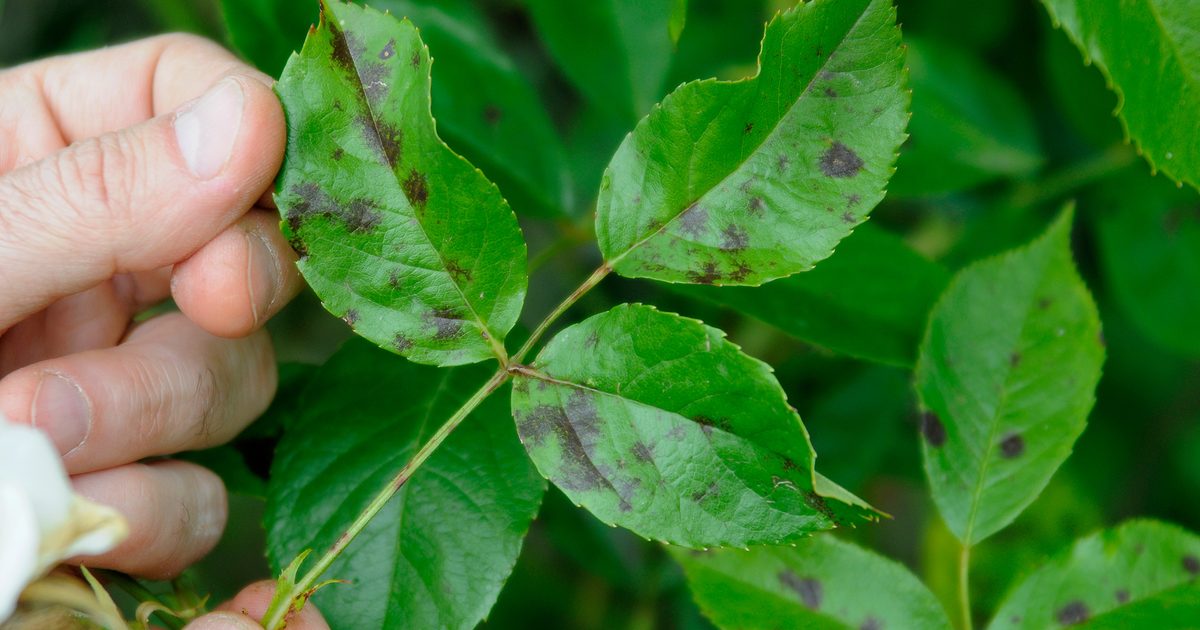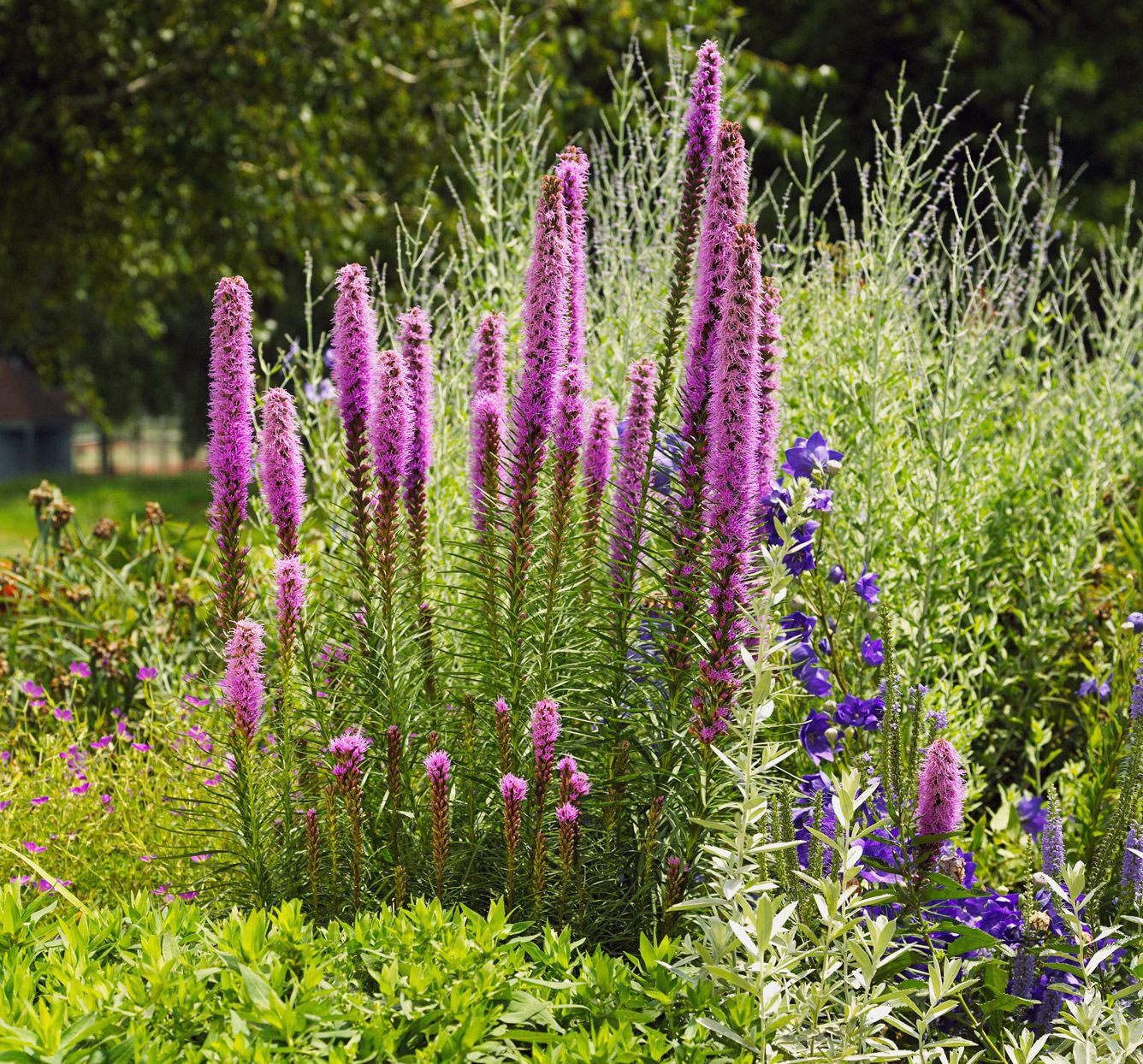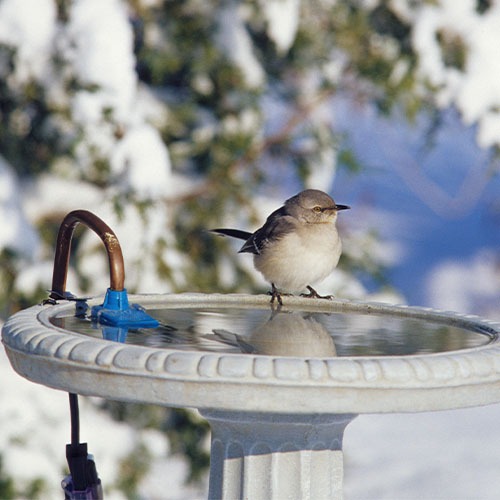
Feathered Friends: Bird Feeding Tips for Long Island Gardens in February
As winter’s chill embraces Long Island, your garden becomes a vital haven for local bird species seeking nourishment and warmth. February may seem like a quite month for gardening, but it’s the perfect time to focus on our feathered friends. Here are some tips to create a bird-friendly oasis in your Long Island garden this winter…
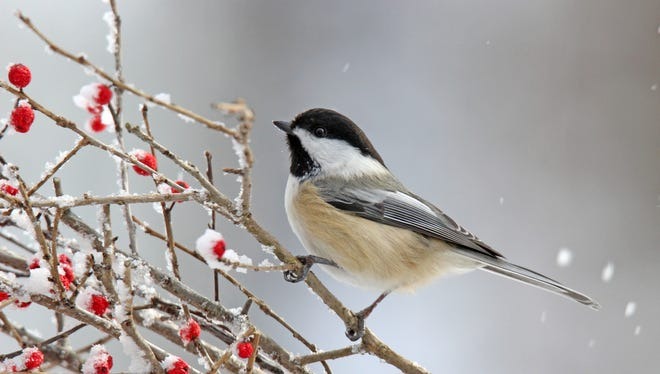
Photo Credit Goes to Fast Visibility Tech
- Choose the right feed:
Opt for high-energy birdseed blends that include sunflower seeds, millet, and cracked corn. Black oil sunflower seeds, in particular, are a favorite among many bird species and provide essential nutrients.
– - Suet treats for extra energy:
Supplement your bird feeder with suet cakes containing seeds, nuts and berries. Suet provides a valuable source of fat, helping birds maintain their energy levels during the colder months.
– - Strategic feeder placement:
Place your feeders in sheltered spots to shield birds from harsh winds. Consider adding baffles to protect against squirrels and ensure a safe feeding environment for our avian visitors.
– - Provide fresh water:
In winter, water sources can freeze. Install a heated bird bath or regularly refresh water to ensure birds have access to a vital hydration source.
– - Attract a variety of birds:
Diversify your feeder offerings to attract different bird species. Nyjer seeds attract finches, while peanuts in the shell are favorites among woodpeckers and blue jays.
– - Winter planting for birds:
Consider planting native shrubs and trees that provide berries, seeds, or shelter. Examples include holly, juniper and winterberry bushes, creating a natural and sustainable food source.
– - Maintain cleanliness:
Regularly clean your bird feeders to prevent the spread of diseases. Empty and scrub feeders, remove any moldy or spoiled seeds and sanitize them with a mild bleach solution.
– - Observe and enjoy:
Take the time to observe the variety of bird species visiting your garden. Keep a bird-watching journal and note any unusual sightings. February can bring surprises like migrating birds passing through.
–

By implementing these bird-feeding practices in your Long Island garden this February, you’re not only providing essential support for local wildlife but also enhancing the beauty of your outdoor space. Embrace the serenity of winter and witness the lively activity as your garden becomes a hub for feathered visitors. Happy birdwatching!
